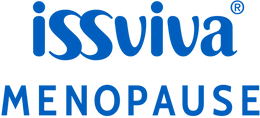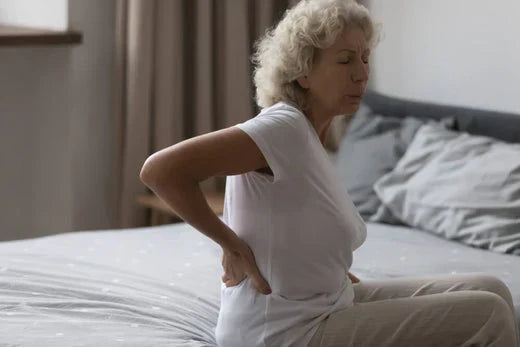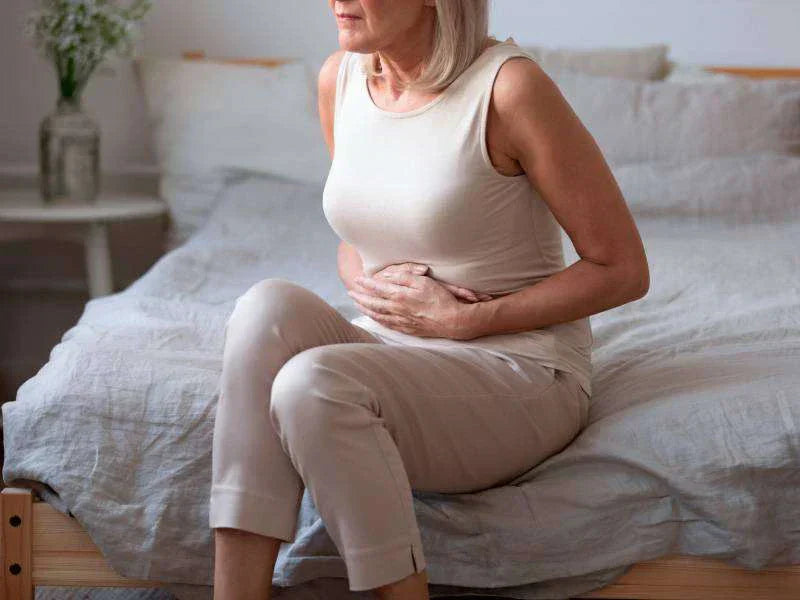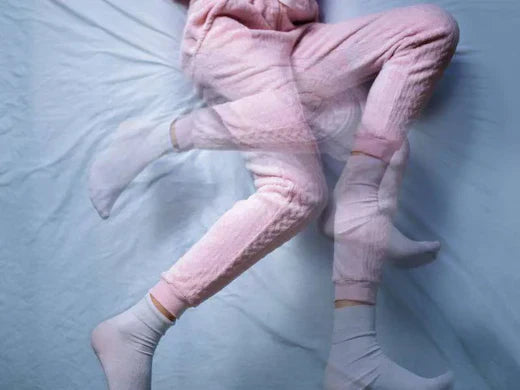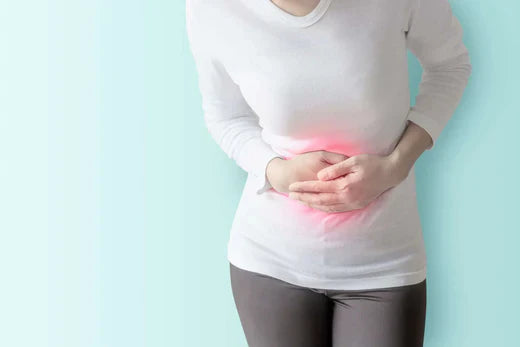Menopause can be a challenge, especially when it comes to muscle pains and joint pains. It is estimated that at least 6 out of 10 women have symptoms that affect their quality of life, but few seek help (1). Here we will talk about muscle aches during this stage of life and practical tips that can improve them.
Muscle pains in menopause

Skeletal and muscle pains are quite common. It is estimated that 30% of GP consultations in England are due to these complaints (2). Muscle pain can be caused by injury, poor posture, illness, stress, and of course, can also be linked to menopause and perimenopause.
These pains may appear for the first time or intensify during menopause and perimenopause. Muscle pains may also be accompanied by weakness, joint pain, and fatigue, in addition to other menopausal complaints such as hair loss, dry skin, vaginal dryness, memory problems, etc. (1,3). The main causes at this stage are (3,4,5):
- Hormonal changes. Decreased oestrogen levels can result in increased muscle pain and stiffness.
- Low physical activity. It is common for women to become less active as they age, and this can exacerbate muscle soreness. Regular movement keeps our muscles flexible and strong, without physical activity they are more prone to pain and injury.
- Stress. Menopause brings with it many physical and emotional changes that can be stressful. Chronic stress can lead to muscle tension and persistent pain, especially in the neck, shoulders, and back.
- Reduced muscle mass. As we age and enter menopause, sarcopenia, which involves the loss of muscle mass, is common. This increases the risk of muscle injury and pain during everyday activities such as housework.
- Pre-existing medical conditions. If you already have conditions such as arthritis or fibromyalgia, menopause may intensify the muscle pain associated with these conditions.
- Poor posture. Improper posture during work or rest leads to muscle tension and pain.
10 tips to relieve muscle pains
Subtle lifestyle changes can make a big difference in relieving muscle pains. Some recommendations include (6):
- Exercise regularly. Prefer low-impact physical activities such as brisk walking, yoga, swimming, or dancing.
- Drink enough water throughout the day. Muscles and joints need water to be healthy.
- Manage your weight to reduce stress on muscles and joints.
- Watch your posture during the day when using your mobile phone, watching TV, or picking up things from the floor.
- Eat a balanced diet with a predominance of fruit and vegetables.
- Take breaks if you are sitting for long periods of time or doing repetitive tasks. Change your position and stretch a bit.
- Don't push yourself beyond your limits. Break physical tasks into small activities so as not to overtax your muscles.
- Don't use tobacco. This bad habit can increase sensitivity to pain and damage your joints.
- Limit alcohol or don't drink alcohol at all. Alcohol can dehydrate you, leading to muscle aches and stiff joints.
- Take deep breaths during a pain crisis. Focus on slow, deep breathing to reduce anxiety and divert attention away from the pain.
- Engage in enjoyable and distracting activities to take your focus away from the pain.
- Create a sleep routine to improve your rest and reduce pain.
- Take pain self-management courses. These can teach you skills to better manage your pain on a day-to-day basis.
- Practice relaxation techniques, such as meditation, to reduce persistent pain.
Seek medical advice!
Consult your doctor with any concerns you may have. Especially, seek help when muscle pains become too severe. It is also important to watch for other symptoms such as tingling in the hands and feet, chest pain with breast lumps, stiffness when moving your fingers, or fever (6).
In conclusion, menopause is a natural phase that can be accompanied by muscle pains. However, with the right approach, you can alleviate these aches and pains and live more fully. Listen to your body and don't hesitate to seek support when you need it.
Learn more about menopause and how to go through this stage with us! We invite you to read about what is muscle mass, hyperpigmentation of the skin, and restless legs syndrome.
Bibliographical references
- NHS 75. Supporting our NHS people through menopause: guidance for line managers and colleagues.
2022. Available from: https://www.england.nhs.uk/long-read/supporting-our-nhs-people-through-menopause-guidance-for-line-managers-and-colleagues/
- NHS 75. Musculoskeletal health.
Available from: https://www.england.nhs.uk/elective-care-transformation/best-practice-solutions/musculoskeletal/
- NHS Foundation Trust. Perimenopause, menopause and pain.
Available from:
https://www.nhsemployers.org/system/files/2022-03/MSK_Menopause%20Leaflet.pdf
- Lu CB, Liu PF, Zhou YS, Meng FC, Qiao TY, Yang XJ, Li XY, Xue Q, Xu H, Liu Y, Han Y, Zhang Y. Musculoskeletal Pain during the Menopausal Transition: A Systematic Review and Meta-Analysis. Neural Plast.
2020 2020:8842110. Available from: https://www.ncbi.nlm.nih.gov/pmc/articles/PMC7710408/
- Khadilkar SS. Musculoskeletal Disorders and Menopause. J Obstet Gynaecol India.
2019 69(2):99-103. Available from: https://www.ncbi.nlm.nih.gov/pmc/articles/PMC6430266/
- NHS Foundation Trust. Menopause - Why do my joints and muscles ache?
Available from:
https://www.nhsemployers.org/system/files/2022-03/MSK_Menopause%20Leaflet.pdf
You May Also Like

JOIN US AND GET 10% OFF
Sign up to our newsletter to access free resources, advice and support.
